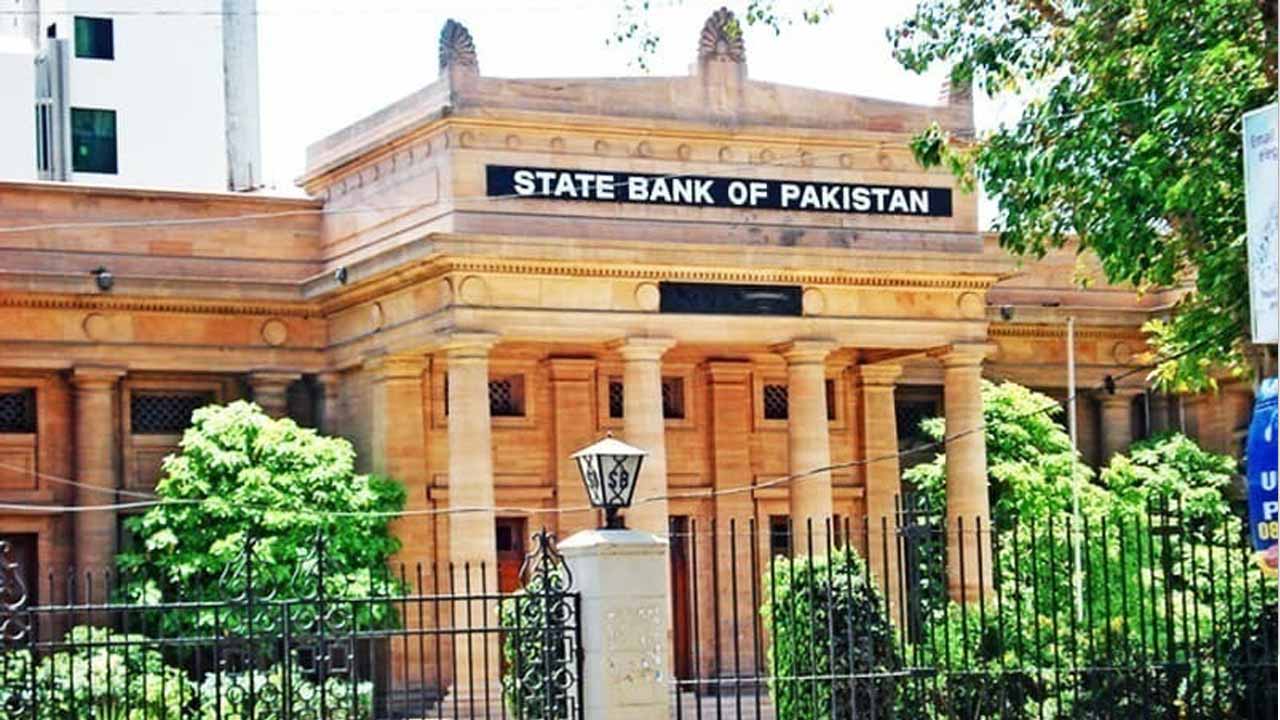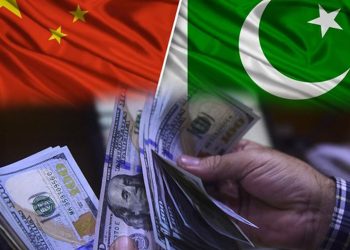For the current fiscal year, the State Bank of Pakistan has revised its annual growth projections to a range of 3 to 4 percent.
The central bank estimates real Gross Domestic Product growth for the current fiscal year below the previously stated range in the Annual Report, blaming significant flooding and the stabilization policy as major contributing reasons.
Before the deluges, which wreaked havoc across the nation, SBP claimed that the economy was already in a stabilization phase. In its report, the central bank discusses monetary policy, financial stability, price stability, and steps taken to promote economic policies.
It said Pakistan remained vulnerable to adverse developments in the global economy. Hence, a combination of adverse global and domestic developments led to the reemergence of macroeconomic imbalances during FY22.
It was noted that rising global commodity prices and the effects of the Russia-Ukraine war had an impact on the current account deficit and that the delay in the IMF program’s restart and political unrest had made Pakistan more vulnerable due to the depletion of its foreign exchange reserves.
According to the analysis, the local currency’s devaluation increased inflationary pressures by enhancing the impact of the worldwide price increase.
According to the report, the net inflow of foreign exchange loans and liabilities increased significantly as compared to the previous year, although it still fell short of the anticipated commitment.
Mentioning a rise in commodities like tea and palm oil as well as supply-demand imbalances in some commodities made the situation worse, and fuel inflation remained high throughout the year.
According to the report, taxes increased at their fastest rate in six years and went over and beyond the year’s projected upward budget. In order to slow down the pace of domestic demand, the government and central bank implemented a number of corrective measures, including raising the policy rate by a total of 675 basis points, tightening the prudential rules for consumer and auto financing, and imposing cash margin requirements on a variety of imports.
Among other corrective measures, it also mentioned raising the cash reserve requirements for commercial banks, raising the FED on locally built cars, eliminating a number of tax breaks under the Supplementary Finance Act, imposing a ban on the import of non-essential goods, and gradually rolling back the fiscal package.
SBP also stressed investment to improve the quality of human capital, and good governance, alongside an enabling macroeconomic environment.






